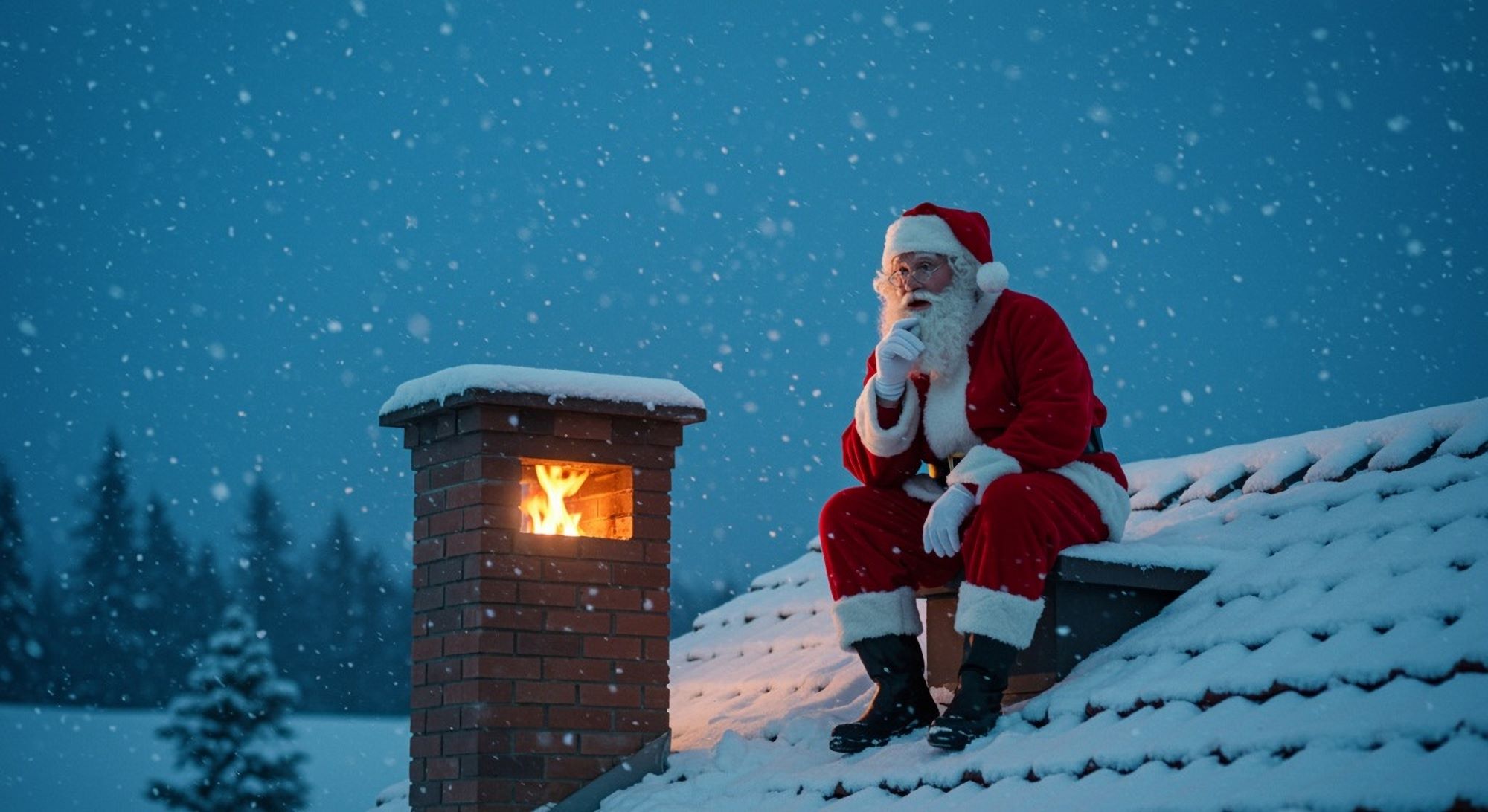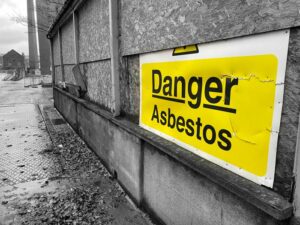They say that Christmas is being sold to us earlier every year and recognising that, Mums for Lungs are trying to pre-empt one aspect of Christmas imagery that has become a staple for art directors: a ‘cosy’ fire crackling away in the hearth.
Search for ‘Christmas living room scene’ on Shutterstock and nine of the first dozen images suggested feature burning logs, as much a danger to the residents as Santa himself.

Aware that the commercial world is gearing up for the festive season, Mums for Lungs have begun a campaign to dissuade editors from using wood burning stoves or fireplaces in idealised images of Christmas at home.
The campaign group are targetting editors of lifestyle magazines, who will soon be sitting down to plan their Christmas issues, asking people to write to the editors of magazines such as Ideal Home, Living Etc and World of Interiors, to think twice before promoting domestic wood burning as a desirable interior design feature.
The group compare to the accessorising of wood burning to that of cigarettes in the past.
They say: ‘Using a stove or open fire to burn wood or even smokeless fuels contributes significant amounts of fine particle pollution into the air, which can damage the health of those around you.
‘Removing images of burning in stoves and open fires would be a way to start shifting the narrative on this subject.’
Mums for Lungs have produced a template letter which supporters can send to editors, whose email addresses are also provided:
Dear [name of Editor],
I am writing to ask you to remove images and content about wood burning stoves and open fires from your Christmas and Winter editions. This would help to end the inadvertent promotion of an activity that emits a significant amount of fine particle pollution, of which there is no safe level to breathe.
Years ago, magazines would, inadvertently or otherwise, promote cigarettes by including images of them in the background or as part of articles or real-life stories. This contributed to society’s acceptance of a habit that caused harm not only to those who smoked, but the people around them. It appears the same thing is happening now with wood burning stoves and fireplaces.
Manufacturers market stoves as a cosy and sustainable way to heat the home. What many people do not know is that every fire emits dangerous levels of air pollution in the form of fine particles (PM2.5) – microscopic solids that are so small that they can be inhaled, lodging deep into our organs and even crossing the placenta. PM2.5 is one of the most harmful air pollutants, associated with a range of health conditions. If you can smell woodsmoke – an evocative smell for many people – then you’re breathing toxic PM2.5 in.
Many see burning as a carbon-neutral, eco-friendly alternative to heating their home. Yet it takes decades for a newly planted tree to start absorbing the carbon that was released so quickly into the atmosphere when its predecessor was burned.
As the Royal College of Paediatrics and Child Health has recently outlined, wood burning needs to be phased out in urban areas, with support given to those in rural areas to transition away from wood as a primary heating source.
The rise in popularity of stoves in recent years is in no small part due to interior magazines, TV shows and social media platforms portraying the installation and use of a stove or open fire as desirable and sustainable. I urge you, as the editor of a well-reputed and loved magazine, to ensure that inadvertent promotion of this harmful activity is stopped, by removing images of fires and stoves from your magazine this Christmas and beyond.
I look forward to hearing from you.
















Very good idea! But there will be strong resistance. People do like a cosy fire at Christmas time and I can understand why. The magazine photos of glowing embers in the hearth (roaring flames even?) are almost expected now. What should we be asking them to show instead? A heat pump in the utility room doesn’t look as good.